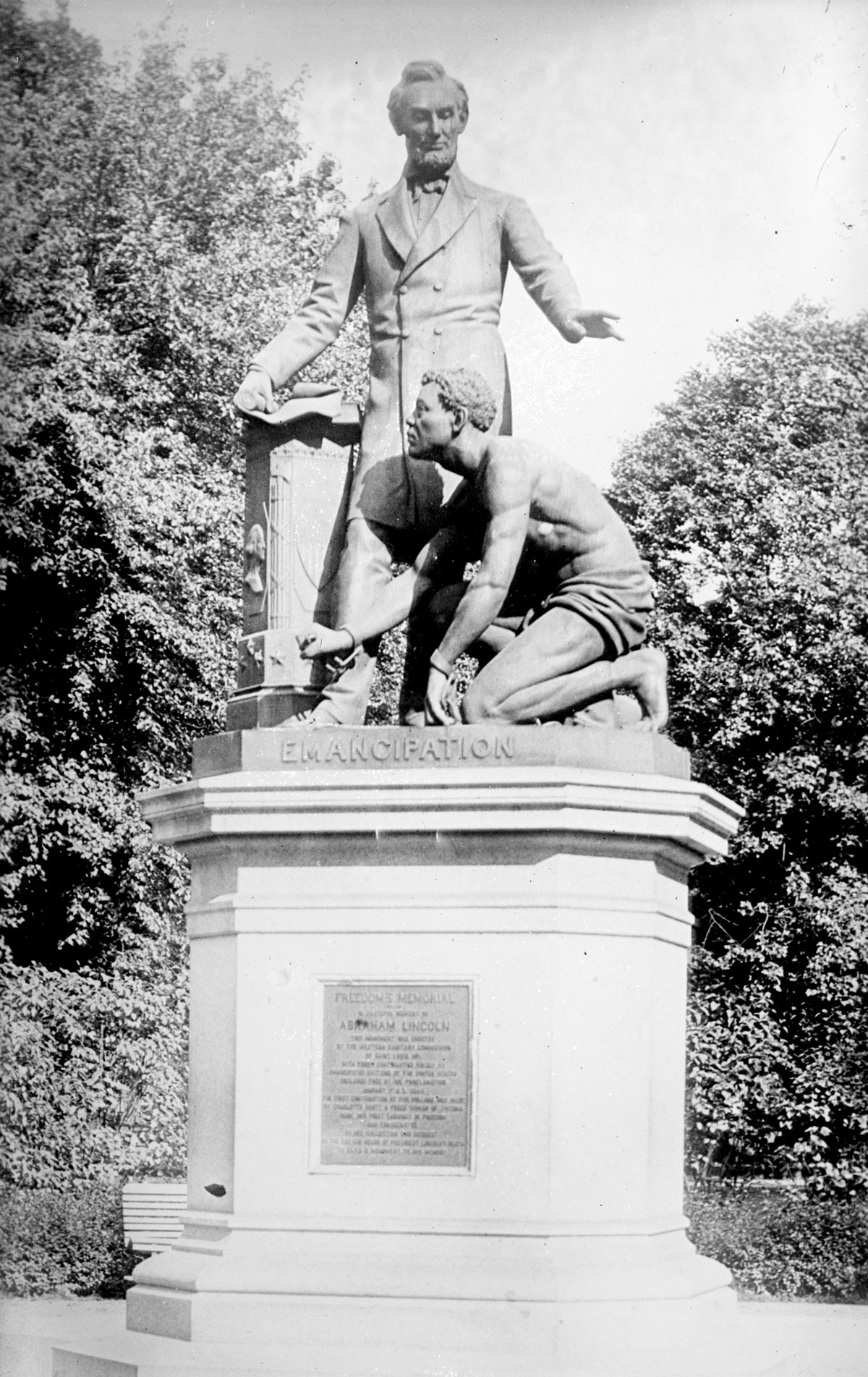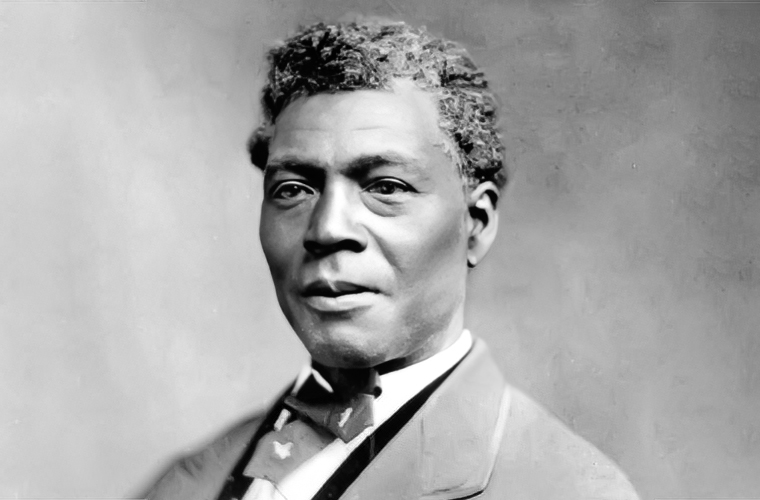Archer Alexander was an enslaved African American man who played a significant role in the abolitionist movement in the United States. He is best known for being the model for the figure of the freedman in the Emancipation Memorial, also known as the Freedman’s Memorial or the “Lincoln Memorial,” in Washington, D.C. Born into slavery in Virginia in 1816, Archer Alexander was owned by various individuals during his life, including a man named Richard Alexander. In 1829, Richard Alexander relocated to Missouri, taking Archer with him. Missouri was a slave state at the time, and Archer Alexander remained enslaved.
During the Civil War, Archer Alexander escaped from his enslaver and sought refuge with Union troops. He worked as a guide and spy for the Union Army, providing valuable intelligence about Confederate positions and activities. His assistance was instrumental in helping the Union forces during their operations in Missouri. After the war, Archer Alexander became a respected member of his community and continued to advocate for the rights and welfare of African Americans. In the 1870s, he and his wife Louisa settled in St. Louis, where he worked as a janitor at the St. Louis Mercantile Library.

In the early 1860s, the Western Sanitary Commission, a relief organization, commissioned a statue to commemorate the Emancipation Proclamation and honor President Abraham Lincoln. The statue, known as the Emancipation Memorial, was designed by sculptor Thomas Ball. Alexander was chosen as the model for the figure of the freedman, which symbolized the emancipation of enslaved people.
The Emancipation Memorial was unveiled in Washington, D.C., on April 14, 1876, the 11th anniversary of Lincoln’s assassination. The monument depicts Abraham Lincoln standing tall with the Emancipation Proclamation in his hand, and Archer Alexander kneeling at his feet, breaking the chains of slavery.
The Emancipation Memorial has been the subject of debate and criticism in recent years, with some arguing that it perpetuates racial stereotypes and fails to accurately represent the complexity of the emancipation process. Others see it as an important symbol of the struggle for freedom and equality.
Archer Alexander died on December 8, 1879, and was buried in St. Louis. His role as the model for the freedman figure in the Emancipation Memorial has ensured his place in history, representing the strength, resilience, and determination of African Americans in their fight for freedom.

